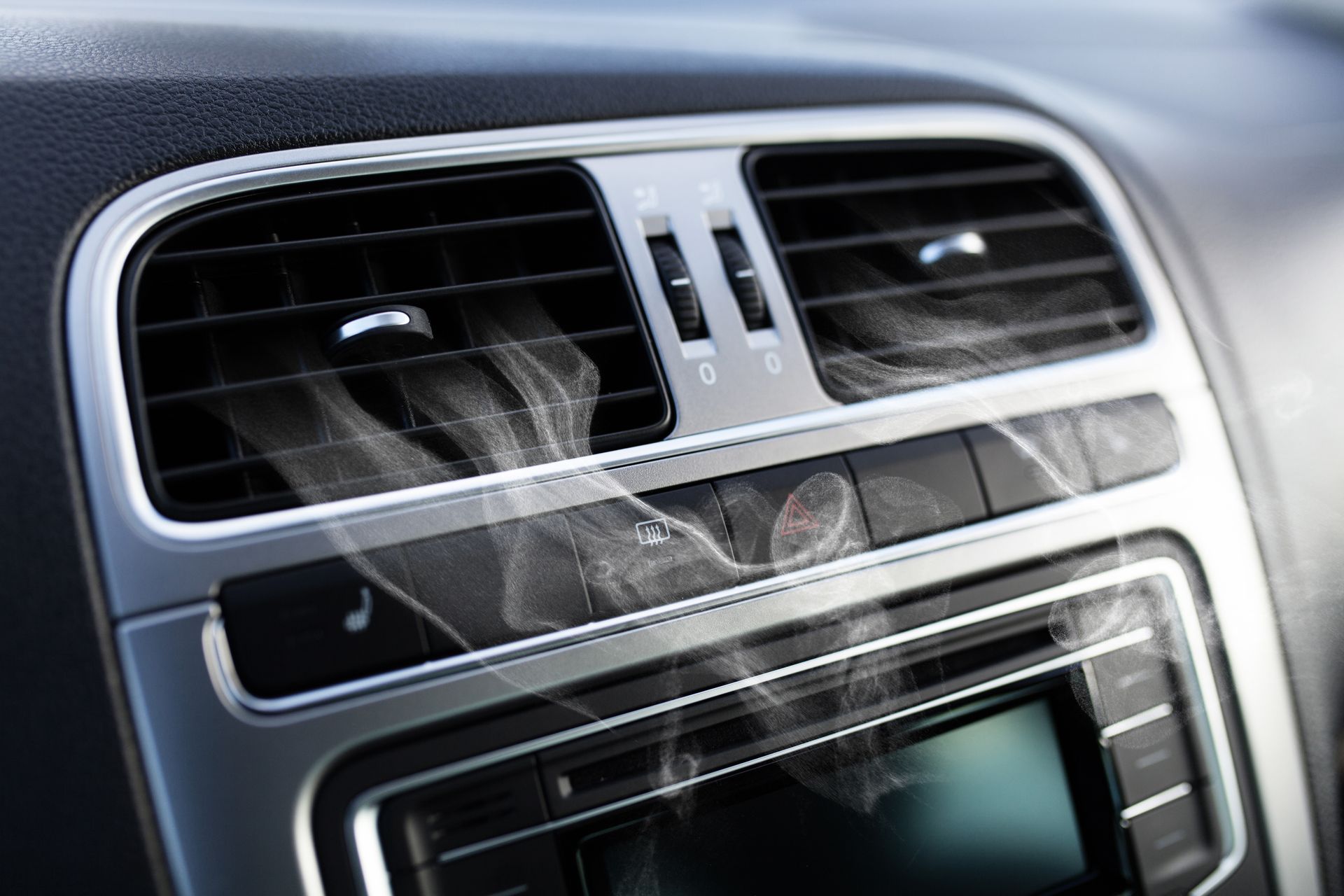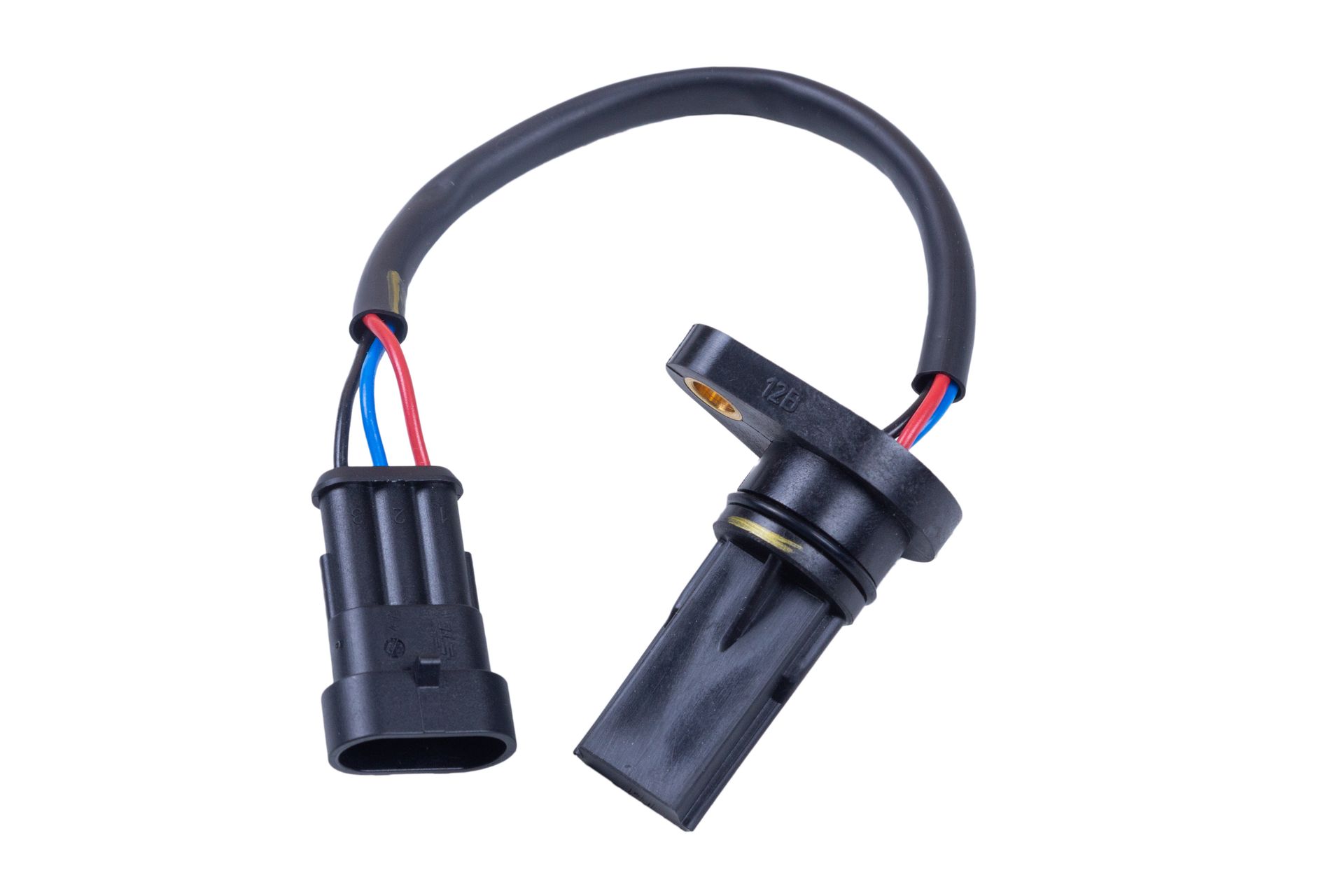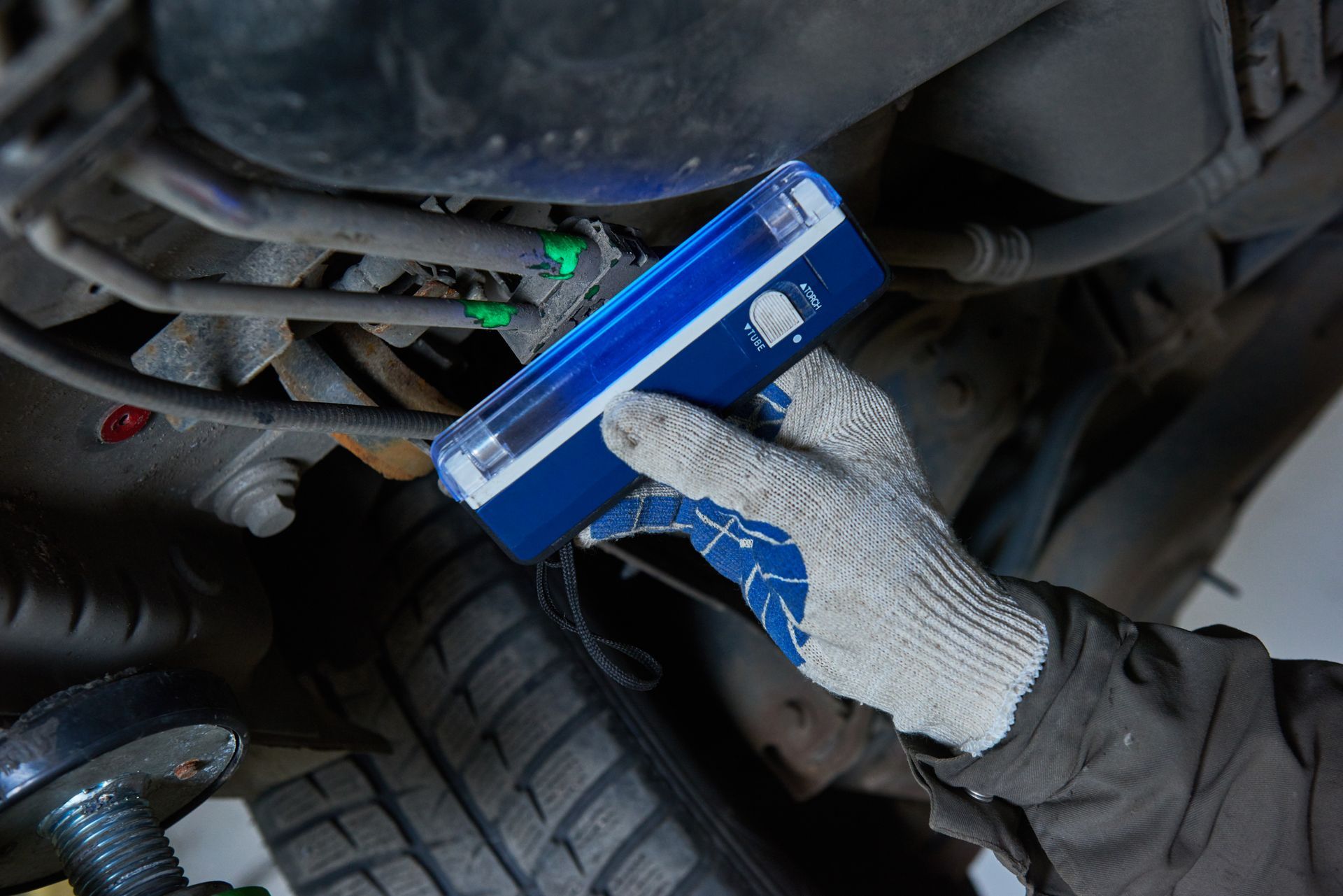Your dashboard lights are designed to give you critical information about your car's systems, and when they start flickering for no apparent reason, it’s natural to feel uneasy. Whether it’s a check engine light, battery symbol, or the whole dashboard display dimming and brightening intermittently, flickering lights often indicate electrical trouble brewing under the surface.
If ignored, what starts as an annoyance can quickly become a major issue, including system failure or even a no-start condition. Let’s explore why your dashboard lights might flicker and what it means for your vehicle’s health.
Battery and Charging System Issues
The most common cause of flickering dashboard lights is a problem in the battery or charging system. If your alternator is beginning to fail, it may not provide a steady stream of voltage to the electrical system. This voltage instability can cause the lights to brighten, dim, or flicker while the engine is running.
A weak or dying battery can cause similar behavior, especially when starting the vehicle or during periods of high electrical demand. Cold starts, worn-out terminals, and internal battery failure all contribute to voltage fluctuations that affect dashboard electronics.
Loose or Corroded Battery Connections
Even if your battery and alternator are in good shape, poor connections can still disrupt power flow. Loose clamps or corroded battery terminals reduce the flow of electricity, causing intermittent power loss to parts of the vehicle’s electrical system. That flickering you're seeing on your dashboard might just be the result of a dirty or oxidized connection.
Inspecting and cleaning the battery terminals is an easy first step in diagnosing flickering issues, and it may resolve the problem entirely if the corrosion is significant.
Faulty Ground Wires
Electrical systems rely on solid ground connections to complete the circuit. If a ground wire becomes loose, damaged, or corroded, it can disrupt electrical flow in unexpected ways. Inconsistent grounding can affect the performance of dashboard lighting and other components, such as your stereo, power windows, or even headlights.
Technicians often test for voltage drops between ground points and the battery to find hidden grounding issues.
Failing Alternator or Voltage Regulator
The alternator doesn’t just charge your battery—it also powers the electrical systems while the engine runs. Inside the alternator is a voltage regulator that ensures a steady flow of electricity. If this regulator fails, the voltage can spike or dip unpredictably.
This instability can cause warning lights to flash or flicker randomly, gauges to act erratically, or interior lights to dim while driving. In severe cases, it might trigger multiple warning lights at once, often misleading drivers into thinking several systems are failing simultaneously.
Worn Ignition Switch or Failing Key Cylinder
If the flickering lights occur immediately after starting your car or while turning the key, the issue may be related to the ignition switch or key cylinder. A worn switch may not maintain proper contact in the accessory or run position, causing temporary power drops to your dashboard.
This is more common in high-mileage vehicles, where the ignition has been subjected to heavy use. Replacing the switch or key cylinder typically resolves the issue.
Failing Electronic Control Unit (ECU) or Instrument Cluster
Though less common, internal faults in the ECU or the instrument cluster itself can lead to flickering lights. Over time, solder joints and connections inside these components may weaken due to heat and vibration.
If all basic electrical checks come back to normal and the problem persists, further diagnostics may involve testing or replacing the dashboard cluster or related control modules.
Interior Dimmer Switch or Headlight Sensor Malfunctions
Some vehicles automatically adjust dashboard brightness depending on the time of day or whether the headlights are on. If the dimmer switch or headlight sensor is malfunctioning, the dashboard might flicker between brightness levels. This is often mistaken for an electrical issue when the fix may be as simple as adjusting or replacing the dimmer control.
In vehicles with automatic lighting systems, these sensors may need recalibration or replacement if they become unresponsive.
Don’t Ignore the Flicker
While flickering lights might not seem like an urgent problem, they’re often the first warning sign that something isn’t right with your electrical system. If left unresolved, these issues can leave you stranded with a dead battery, stalled engine, or total loss of power.
Catching the issue early can save you from costly repairs, preserve the health of your vehicle’s electronics, and give you peace of mind behind the wheel.
Get Expert Electrical Diagnostics at Advantage AC, Tire & Repair in Spartanburg, SC
If your dashboard lights are flickering, we can help you get to the bottom of it. Our technicians utilize professional-grade diagnostic tools to trace electrical issues and recommend long-lasting solutions accurately.
Call
Advantage AC, Tire & Repair in Spartanburg, SC, today to schedule an electrical inspection. We’ll help you drive with confidence, no matter what your dashboard is trying to say.









